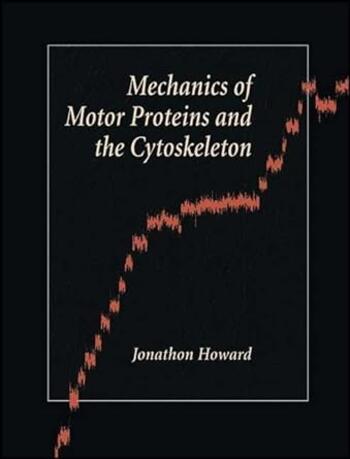 The Howard lab is fascinated by the question of how small molecules like proteins, lipids and nucleotides self-assemble into cells and tissues that are thousands to millions of times larger than molecular dimensions. How do the molecules know where they are, whether the structures they make have the right size and shape, and whether they function correctly? By combining highly sensitive techniques to visualize and manipulate individual biological molecules, with theory and modeling, the Howard lab is trying to understand the interaction rules that allow molecules to work together to form highly organized yet dynamic cellular structures.
The Howard lab is fascinated by the question of how small molecules like proteins, lipids and nucleotides self-assemble into cells and tissues that are thousands to millions of times larger than molecular dimensions. How do the molecules know where they are, whether the structures they make have the right size and shape, and whether they function correctly? By combining highly sensitive techniques to visualize and manipulate individual biological molecules, with theory and modeling, the Howard lab is trying to understand the interaction rules that allow molecules to work together to form highly organized yet dynamic cellular structures.
The Howard lab is approaching these questions in the context of the microtubule cytoskeleton. They are interested in the molecular properties of motor proteins, especially how they operate as molecular machines to drive motion and regulate the growth, shrinkage and severing of microtubules. In addition to biochemical and single-molecule approaches, the lab also studies a number of cellular systems including the branching of neurons during development and the motility of cilia.